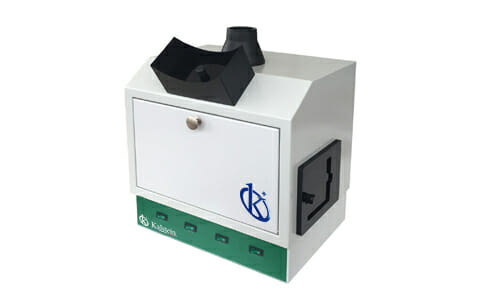The UV transilluminator, a fundamental tool in the modern laboratory, is indispensable for visualizing genetic biomarkers and other biochemical substances. As with any laboratory equipment, proper handling ensures its efficiency and lifespan, but especially safe use is crucial since ultraviolet light can be harmful.
A transilluminator, also known as an ultraviolet illuminator, is an instrument that emits UV light and is mainly used to visualize DNA molecules or proteins previously stained with a fluorescent dye. Its usefulness lies in the property of these dyes to absorb UV light and emit it in spheres visible to humans.
Indications for use of the UV Transilluminator
The correct use of this equipment ensures optimal results and reduces the risk of interferences in the experiment. Here are some indications for its correct use:
– Before starting the equipment, place the stained sample on the surface of the transilluminator.
– Make sure that the transilluminator platform is free of dust or dirt that may affect the visualization.
– Turn on the device and adjust the UV light intensity as needed. Do not look directly into the bright UV light.
– Once viewing is complete, turn off the equipment and clean your platform to prepare for the next use.
It is essential to note that different fluorescent dyes may require varying wavelengths of UV light for optimal visualization, so adjust the intensity or wavelength of UV light emitted by the transilluminator according to the needs of the experiment.
Safety Practices for the Use of the UV Transilluminator
Safety is paramount when using this equipment, as UV light can be harmful. Here are some safety practices:
– Always wear personal protective equipment (PPE), including UV safety glasses and gloves.
– Never look directly at the UV light emitted by the transilluminator, as it can cause eye damage.
– Avoid prolonged skin exposure to UV light, as it may cause burns.
– Keep the equipment in a designated area and make sure that people who are not using the transilluminator are safe from UV light.
Kalstein Solutions
The UV transilluminator, as an indispensable tool in modern science, must be used correctly and safely to ensure successful results and personal safety in the laboratory. Considering these tips will not only help prolong the life of the device, but will enhance scientific capabilities by providing accurate and reliable results day in and day out.
As a manufacturer of laboratory equipment, we at Kalstein are pleased to offer you high-end products, with updated design and advanced technology; know our transilluminators HERE, you will find the YR models that are available for your purchase, we also have a new 3D platform that has unlimited versatility, present in over thirty countries worldwide, publish with us without language restrictions, with shipping plans, be seen, you are more.

